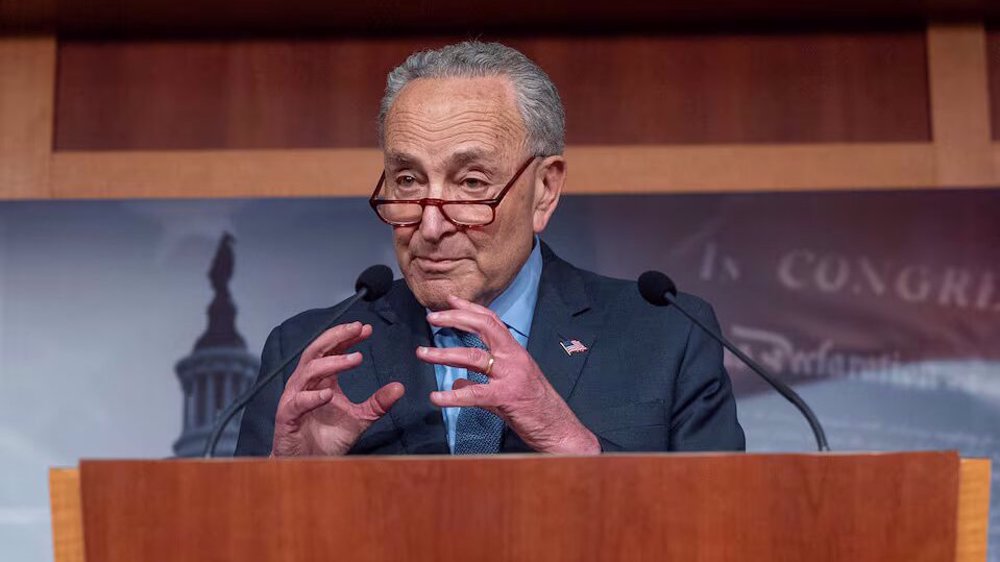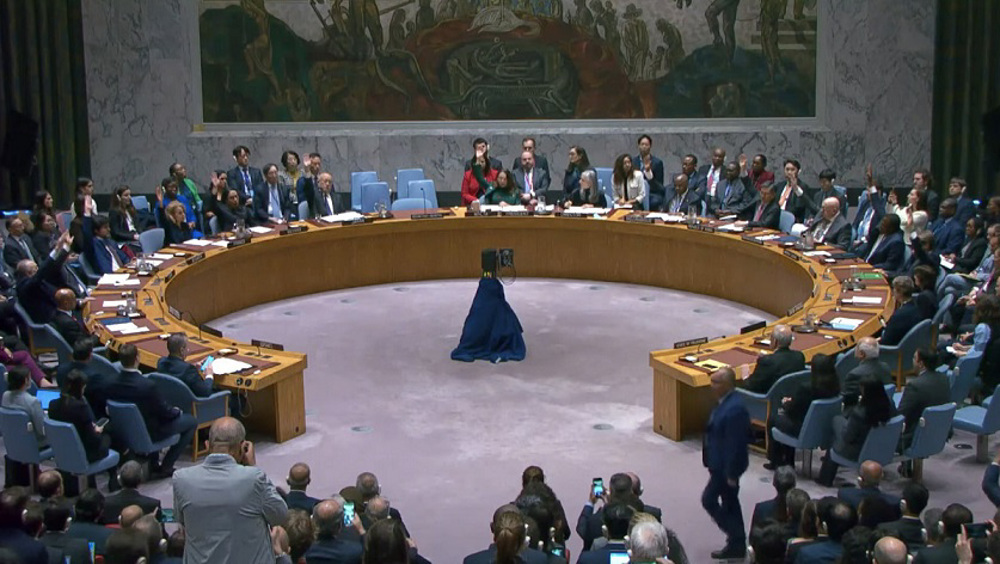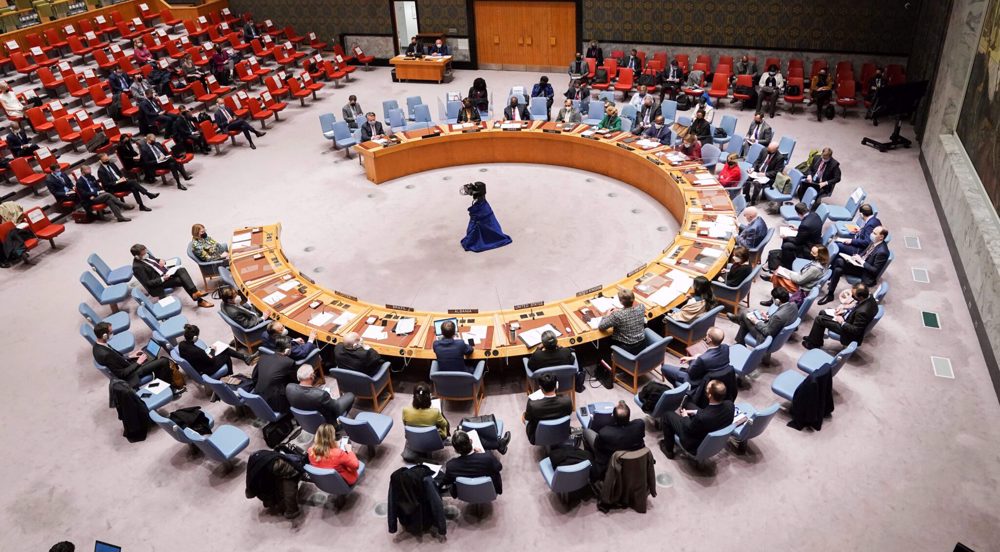A history of US military parades: Has Trump broken with American tradition?
By Mahdi Amiri
While the US has been a major military power all of the years after World War I and outspends the next eight nations combined when it comes to military expenditures, instances of showcasing Washington’s military power on the streets in the form of parades have been very rare. This seems to be changing as US President Donald Trump has asked the Pentagon to plan a large-scale military parade later this year to showcase the might of America’s armed forces.
Trump has long wanted to hold such a parade and he finally discussed it with senior military leaders, including Vice President Mike Pence, White House chief of staff John Kelly, Defense Secretary James Mattis and Chairman of the Joint Chiefs Gen. Joseph Dunford in a meeting last month.
Apparently the president was so impressed by France’s Bastille Day parade, which he witnessed in July last year, that he finally asked one for himself. “I want a parade like the one in France,” Trump had told his senior military aides in the last month meeting, referring to the Bastille Day procession he attended.

“It was a tremendous day, and to a large extent because of what I witnessed, we may do something like that on July 4th in Washington down Pennsylvania Avenue,” Trump had said last year right after the French event.
Parade proposal backlash
Numerous critics, among them politicians, comedians and celebrities, immediately hit the administration with accusations of behaving like dictatorial and authoritarian regimes, defying long traditions of abstaining from the display of military might on city streets. Others also argued that a military parade would cost millions of dollars at a time an overstretched military is constantly asking for more money.
“We have a Napoleon in the making here,” said Democrat Representative Jackie Speier of California.
Congressman Ted Lieu, also from California tweeted anything “would be more useful than asking the Pentagon to waste money on a big military parade.”
Dear @realDonaldTrump: You know what would be more useful than asking the Pentagon to waste money on a big military parade?
— Ted Lieu (@tedlieu) February 7, 2018
Basically anything. https://t.co/URpOOSl46Z
US Senator Lindsey Graham, a prominent Republican lawmaker in the upper chamber of Congress, said he favored highlighting the country’s military but not its weaponry.
“I think a parade showcasing the military and the sacrifices they make for the country would be appropriate, it would be a way to say thank you, but I’m not interested in a military hardware display. That would be cheesy and project weakness,” Graham told reporters.
On this week’s HBO’s “Real Time,” comedian and political commentator Bill Maher fired back at the US president’s call for a military parade, stating that Trump wants to get people used to having tanks in the streets.
Maher said, “I’m right about that, right? He wants us to get used to the site of tanks in the streets.”
Trevor Noah of Comedy Central also weighed in on Trump’s desired military parade.
“America doesn’t need a big parade to convince the world that it has a military,” he said. “Trust me, the world knows America has a military. It’s in their countries right now.”
In a striking blow to the idea of a military parade, Robert O’Neill, the former Navy SEAL who killed Osama bin Laden, blasted the president’s request for a military parade down Pennsylvania Avenue in Washington.
Senator Rand Paul of Kentucky also wrote an opinion piece on the Fox News website and sarcastically said he was fine with a military parade “as long as it is a victory parade heralding an end to America’s longest war,” in Afghanistan.
“Though the martial image of high-stepping soldiers is not one I tend to associate with our nation’s Founders’ distrust of a standing Army, I’m not against a victory celebration. So I propose we declare victory in Afghanistan, bring home our 14,000 troops and hold a victory parade,” the Libertarian Republican said.
A history of sparse parades
The last time the United States has seen a national, tanks-in-the-streets military parade has been almost 30 years ago in 1991, to celebrate the end of the first Persian Gulf War with Iraq at the time of the rein of former Iraqi dictator Saddam Hussein.
Before the 1991 celebrations, large-scale military parades were an even rarer phenomenon. Up until 1991, Americans had not seen a military parade since the early ’60s, when Cold War tensions led Presidents Kennedy and Eisenhower to show-off some ballistic muscle during their inauguration parades.
In 1961 in the middle of the Cold War, President Kennedy had a parade at his inauguration that featured military equipment and weapons, including nuclear warheads, to send a message of American unity and readiness to the Soviets.

The years 1953 and 1957 were the inauguration years of President Dwight Eisenhower, himself a military general and commander during World War II. Eisenhower’s 1953 inauguration parade included nearly 22,000 military personnel and a cannon capable of firing a nuclear warhead, again demonstrating US nuclear capabilities to the Soviets. His 1957 parade showcased the first ballistic missile successfully fired by the US.

Before the Eisenhower Cold War parades, the comparatively small number of US military parades mostly had to do with the return of US soldiers from the World Wars, celebrating the end of combat.
In 1946, a military parade was held in New York to celebrate the victory of US and allied forces over the coalition of Axis Powers in World War II.
Although the parade was huge by size, but extreme show of military discipline, for instance, the goose step common in other countries, are absent in the parade and in other US parades.
Perhaps one of the earliest military parades in US history was the “Grand Review of the Armies” held on May 23 and 24, 1865 to celebrate the North’s victory over the Confederate states of the South. Given that Abraham Lincoln was assassinated a month before, the march was also a means to boost the morale of the citizens of Washington, DC and northerners.
Trump parade vs. other historical parades
All the above mass military parades either celebrated returning troops of volunteer/conscript armies who were about to return to civilian life, or celebrated military victories after major wars.

Trump’s proposal seems to be neither of the two scenarios. Demanding a military parade at times of peace by a president that is preoccupied showing-off his personal grandeur is quite concerning for a country that has been historically averse to the display of military marches in civilian quarters.
Coupled with his “Make America Great Again” slogan, Trump’s personal ambitions to display himself as a powerful nationalist leader illustrate his true objectives for ordering military parades. Trump’s intentions are far from commemorating the end of hostilities or celebrating military victories, rather they are focused on the revival of what he sees as the “display” of American might and greatness through military power. Trump’s 2017 January interview as “President-elect” with the Washington Post hints to his objectives:
“Being a great president has to do with a lot of things, but one of them is being a great cheerleader for the country,” Trump said. “And we’re going to show the people as we build up our military, we’re going to display our military.”
As Joshua Zeitz of the Politico explains, the past parades “marked the wind-down of wartime mobilization and the dismantling of large volunteer armies. These parades were in keeping with a long political tradition that viewed standing armies warily. In this sense, Trump’s military parade is just one more example of how far we’ve traveled from longstanding traditions.”
In this sense, and to sum up, it seems Trump’s military parade proposal is a vehicle for two main objectives: firstly to boost American nationalistic fervor in line with his “make America great again” slogan, and secondly to fulfill President Trump’s lifelong endeavor for individual greatness.
VIDEO | Press TV's news headlines
VIDEO | The Rise of Palestine Action
Pro-Palestinian protests gain momentum across US universities
Israel thirsty for murder, blood: Hamas on Gaza mass graves
VIDEO | Crimes and failures in Gaza
VIDEO | Pres. Raeisi says Iran, Pakistan resolved to boost ties on all levels
VIDEO | Footage shows ruins of Gaza mosque after overnight Israeli strike
Pres. Raeisi lauds elites’ role in unifying Iranian, Pakistani nations









 This makes it easy to access the Press TV website
This makes it easy to access the Press TV website